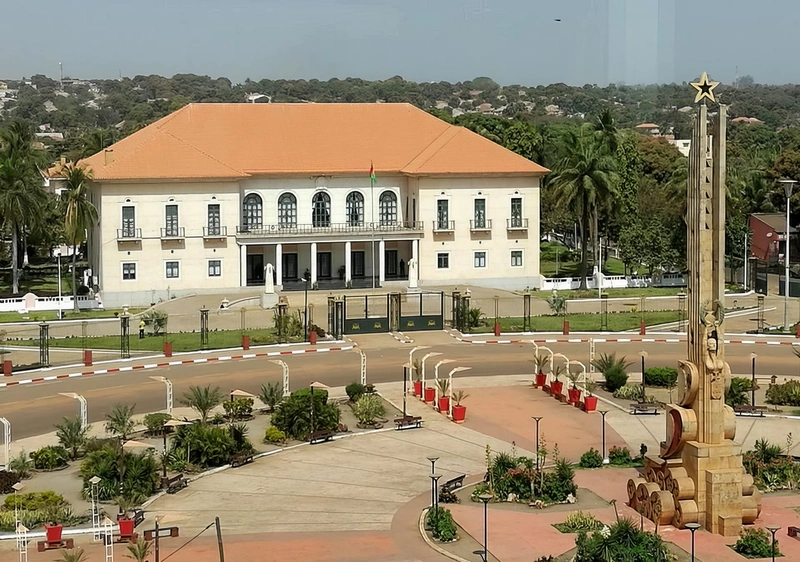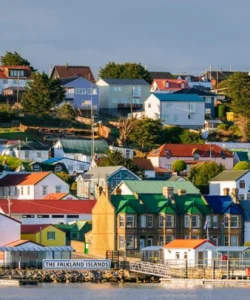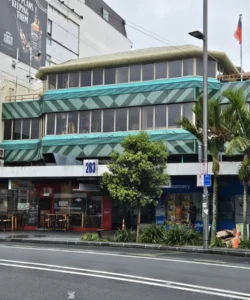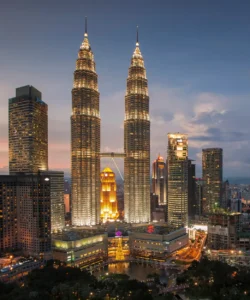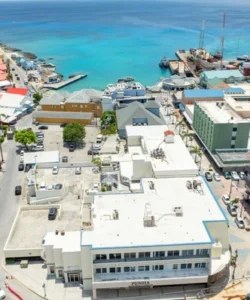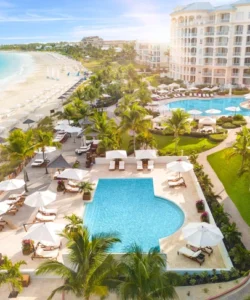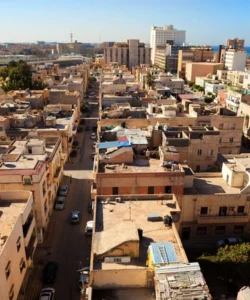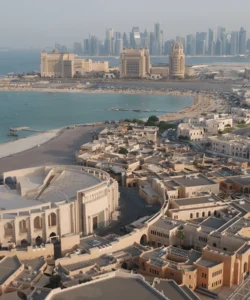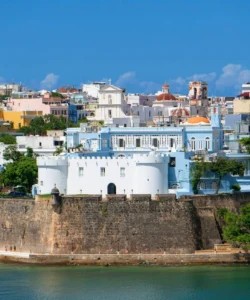Guinea-Bissau is a small West African nation offering a unique blend of landscapes, cultures, and wildlife.
![]()
Area and Population:
Guinea-Bissau covers an area of approximately 36,125 sq. km. Its population is around 2.1 million people.
Capital and Major Cities:
The capital city is Bissau, which is also the largest city. Other significant cities include Gabú, Bafatá, Canchungo, Bissorã, and Cacheu.
Language:
The official language of Guinea-Bissau is Portuguese, though it’s spoken by a smaller proportion of the population compared to other indigenous languages. Many local languages and dialects are spoken, with Balanta-Kentohe, Fula, and Manjak being among the most widely used.
Currency:
The currency used in Guinea-Bissau is the West African CFA franc (XOF).
Religion:
While specific figures vary, Guinea-Bissau has a diverse religious landscape, with significant populations adhering to Islam, Christianity, and indigenous beliefs.
Attractions and Wonders:
- Bijagós Archipelago (Bissagos Islands): A UNESCO Biosphere Reserve, this labyrinth of tropical islands off the coast is a major highlight. It’s known for its diverse wildlife, including rare saltwater hippos, manatees, and sea turtles, and its pristine beaches.
- Orango National Park: Located within the Bijagós Archipelago, this park is home to a variety of ecosystems and wildlife, including the unique saltwater hippopotamus.
- Bissau (the Capital): While it may not have an abundance of traditional tourist sites, Bissau offers a vibrant and colorful atmosphere.
- Bissau Velho (Old Bissau): The historic center showcases colonial architecture, reflecting the Portuguese presence.
- Bandim Market: A chaotic and bustling street market for the adventurous traveler.
- Fortaleza de São José da Amura: An 18th-century Portuguese fortress that played a crucial role in the colonial era and the struggle for independence.
- Presidential Palace
- Cathedral of Our Lady of Candelária
- Monumento aos Heróis da Independência: A monument dedicated to the heroes of independence.
- Cacheu: A historic town with well-preserved colonial buildings and a rich cultural heritage.
- Bolama: A picturesque island that served as the former capital of Portuguese Guinea, known for its charming streets and pastel-colored colonial buildings.
- Parque Natural das Lagoas de Cufada: The largest wetlands reserve in Guinea-Bissau, ideal for kayaking.
- Artissal: A community project introducing visitors to the traditions of the Papel people, known for their symbolic weavings.
Cuisine:
Guinea-Bissau’s cuisine blends local African traditions with Portuguese influences. Rice is a staple near the coast, while cassava, yams, and maize are common inland. Seafood is abundant and excellent.
- Specialties include:
- Jollof rice: Rice cooked with palm oil, tomato paste, onions, and often other vegetables and meat or fish.
- Egusi soup: A soup thickened with ground squash seeds.
- Yassa chicken: Chicken cooked in an onion and tomato sauce (common across West Africa).
- Fried cassava: A tasty treat made from deep-fried yucca or cassava.
- Fish stew: A Portuguese-inspired dish of seafood in a salty broth.
- Grilled prawns: Particularly popular along the coast.
- Cashew nuts: Abundant and often made into juice.
- Cana de cajeu: Rum made from cashew fruit.
- Palm wine: Commonly made in rural areas.
Roads and Transportation:
Transport infrastructure in Guinea-Bissau is basic. Most roads outside of Bissau are unpaved. The total road network is about 4,400 km, with only about 10% being asphalted. The Trans–West African Coastal Highway crosses Guinea-Bissau, connecting it to neighboring countries. Road traffic can be dangerous.
The main international airport is Osvaldo Vieira International Airport in Bissau. Waterways are also important for inland transport.
Hotels and Restaurants:
Bissau has a selection of hotels, ranging from budget-friendly to more upscale options like the Ceiba Hotel Bissau. The restaurant scene offers a mix of local African and Portuguese-influenced dishes, with fresh seafood being a common highlight. Outside of Bissau, accommodation options are more limited, particularly in rural areas or the islands.
